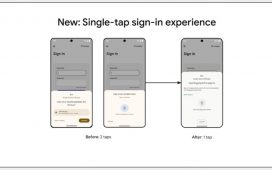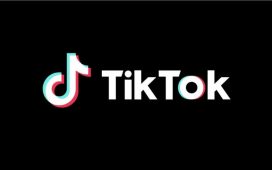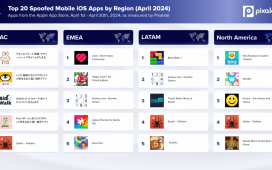Google wants to make using its Chrome browser as easy as possible. With this in mind, the company is implementing machine learning to make the Chrome address bar, also known as the omnibox, smarter.
The name “omnibox” is not chosen at random. The company developed the address bar so that you can easily find many things from there, not only on the web but in the browser itself. For example, depending on what you write, it offers you suggestions about similar pages you have visited or possible new results. Also about tabs that you already have open, or bookmarked elements.
Chrome’s latest update integrates machine learning for better omnibox results
Being a core element of the browser, the company has put special emphasis on improving it. As a result, the latest Chrome update (M124) brings an omnibox with capabilities enhanced by machine learning. This means that now the results will be “more accurate and relevant to you,” according to the post on the Chromium blog. The update is coming to Chrome for Windows, Mac and ChromeOS.
“Machine learning” is similar to AI, but on a slightly smaller scale. Basically, it focuses on analyzing large amounts of data to make precise decisions or execute actions based on detected patterns. In Google Chrome, the dev team is implementing it so that the usage patterns of you and millions of users make the omnibox results more precise.
The focus of improvement is on the “scoring system” that determines how relevant a result is for you. The more relevance scores it has, the more likely it is to appear as a suggestion as you type in the address bar.
The problems of the previous approach
Justin Donnelly, Chrome software engineer, is the team responsible for the omnibox. They claim that the search bar was already good in itself. However, the main problem was its inflexibility. This means that, although it worked well in its context, its adaptability was complicated.
It was quite difficult to implement improvements or consider new operating scenarios under the “hand-tuned formulas” method. the omnibox was like a powerful system with perfectly meshing parts. However, modifying a key part was impossible without everything falling apart, like a house of cards.
Donnelly also mentions that the popularity of Chrome also added complexity. After all, implementing changes to the browser would impact tens of millions of people around the world. Donnelly described the challenge as “building the plane while flying it.”
There is another big advantage of the new machine learning approach over previous hand-tuned formulas. Now, it is capable of processing data on a scale impossible to cover under “artisanal” or traditional methods.
How machine learning is improving results in Chrome search bar
The power of machine learning helped the dev team identify certain situations that they had not been able to realize before. For example, there was a general pattern where, after accessing a website using the omnibox, many users would stay for a very few seconds and then jump to another URL. This was because the Chrome address bar didn’t really offer the right result, and they were accessing it by accident. However, the wrong recommendation kept appearing on subsequent attempts.
Now, with the new model, this behavior should be different. In this case, Chrome will intelligently reduce the score of that recommendation. This will give it low relevance so that it does not continue to appear constantly. Basically, the browser will learn from you as you use it.
Lastly, Donnelly mentions that this is just the beginning with machine learning. The new approach will allow many more parameters to be considered to determine the relevance of the Chrome omnibox results. For example, the time of day, or even the browser’s usage environment.










